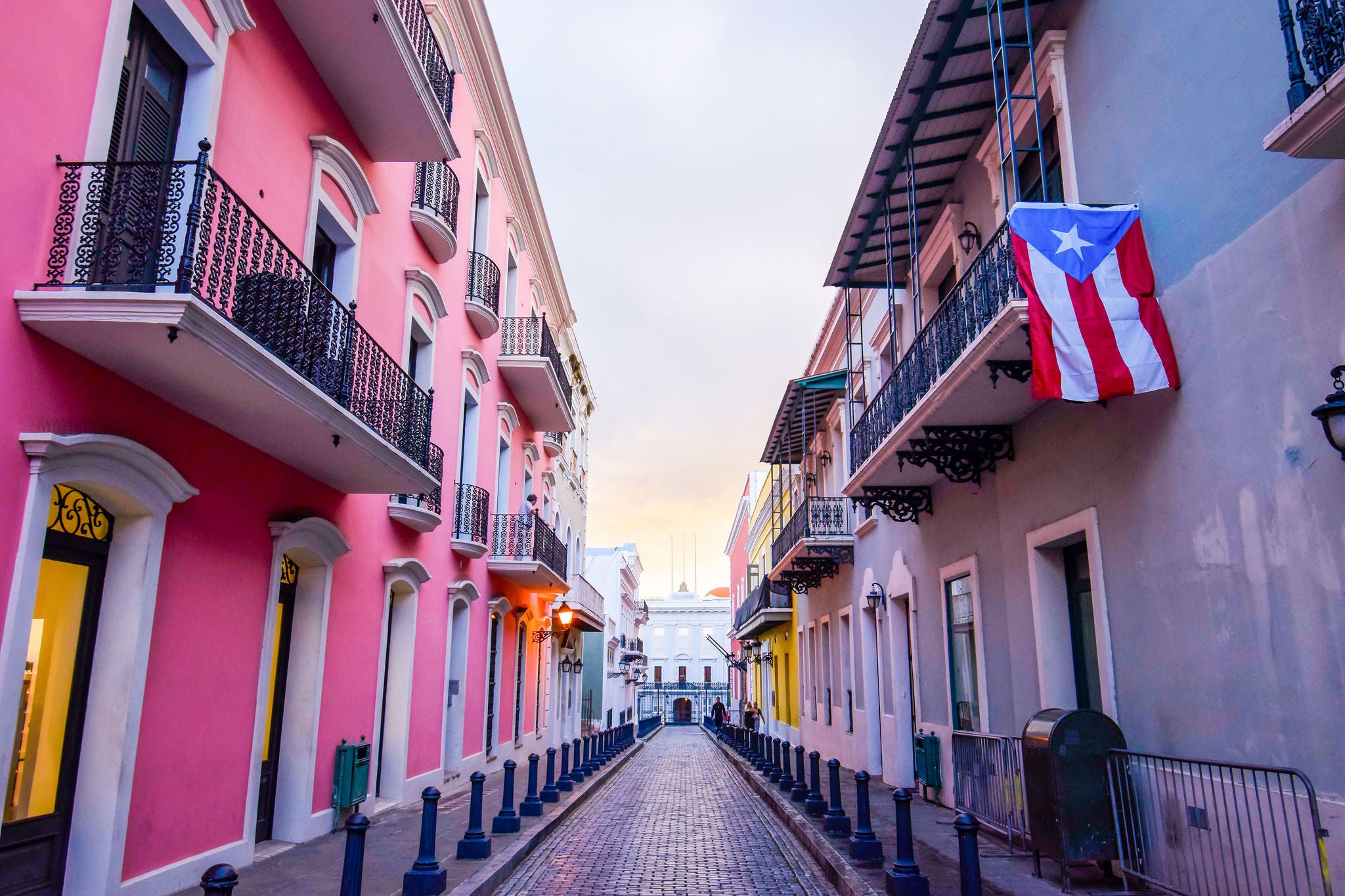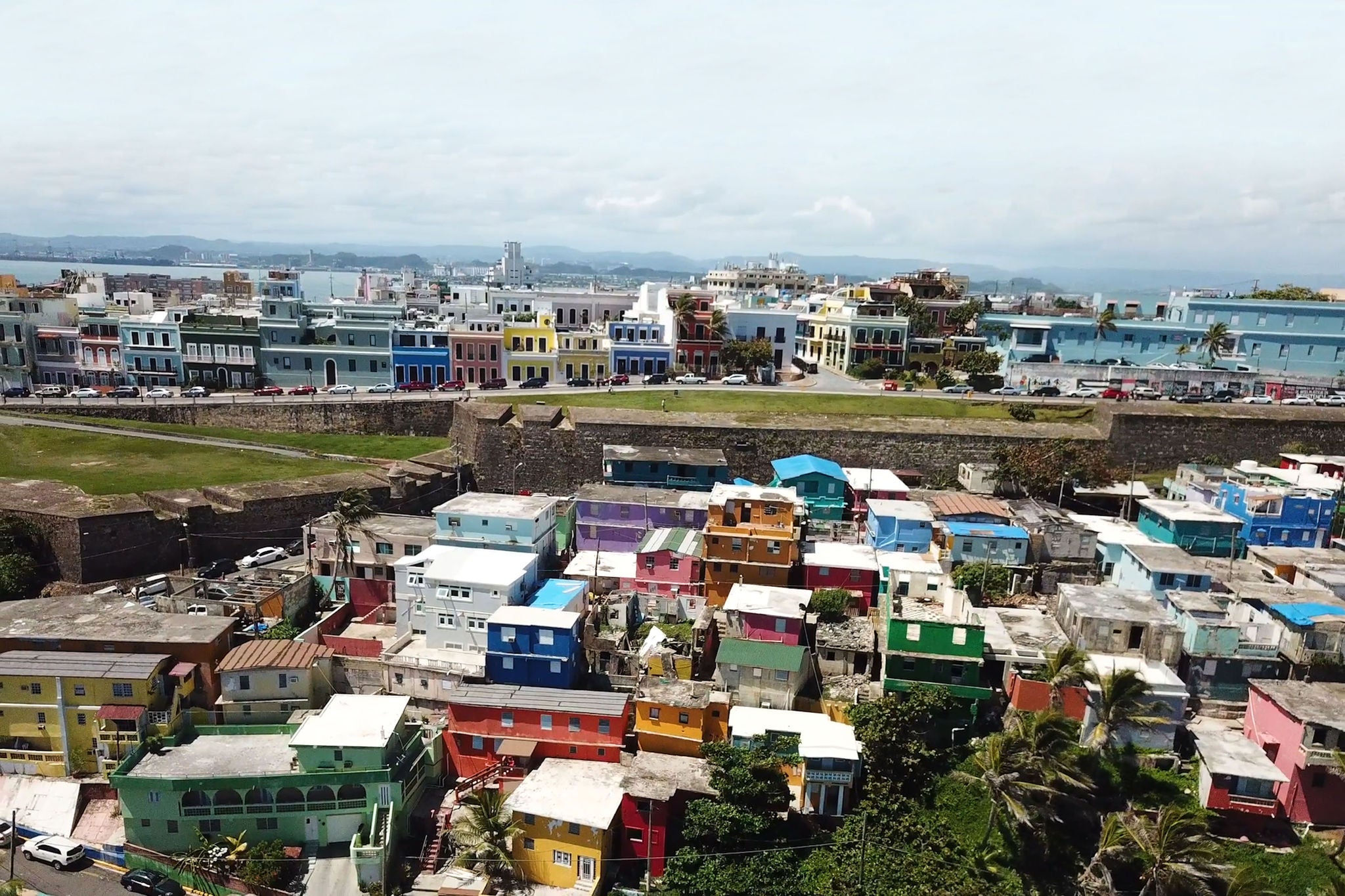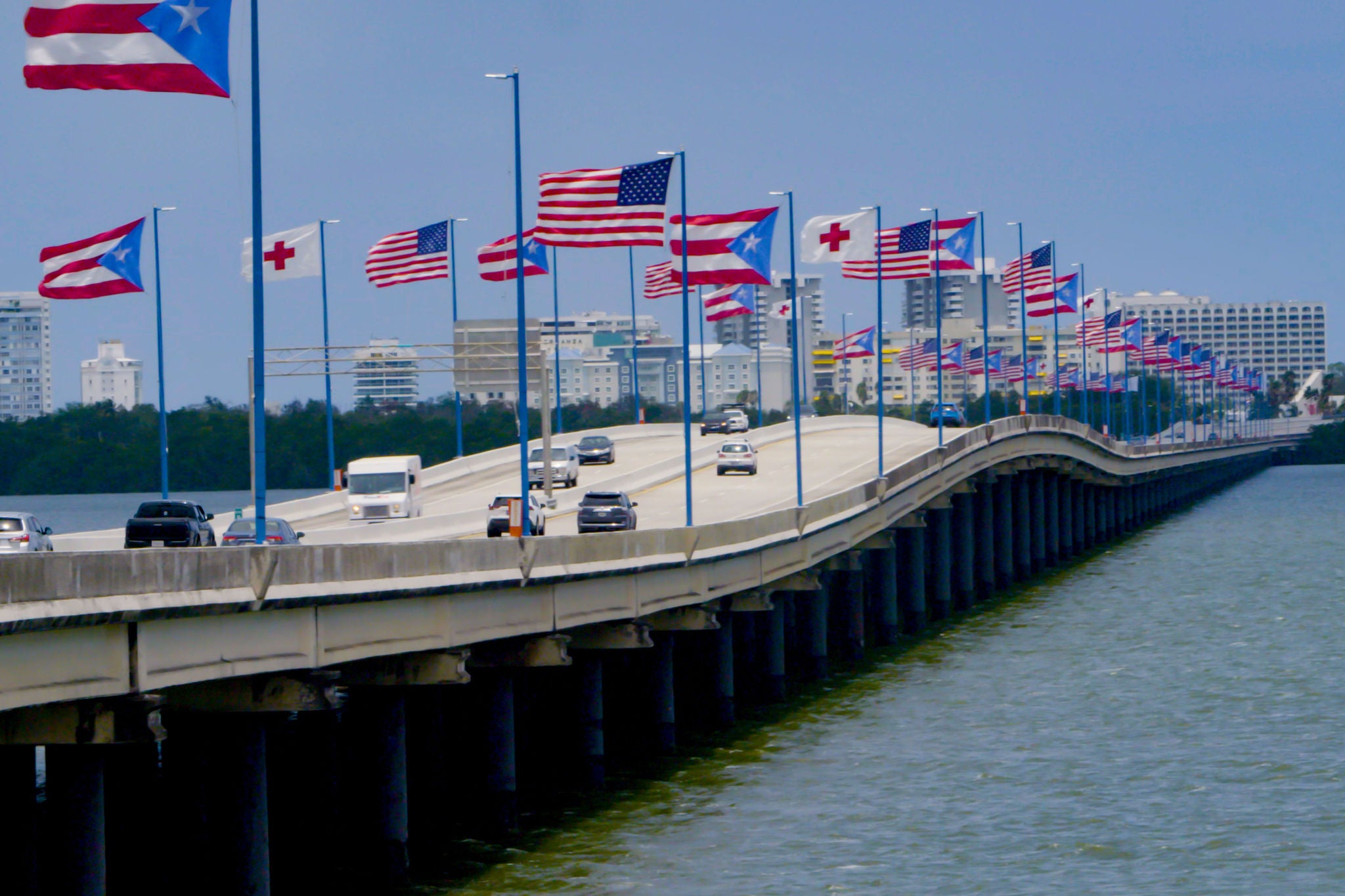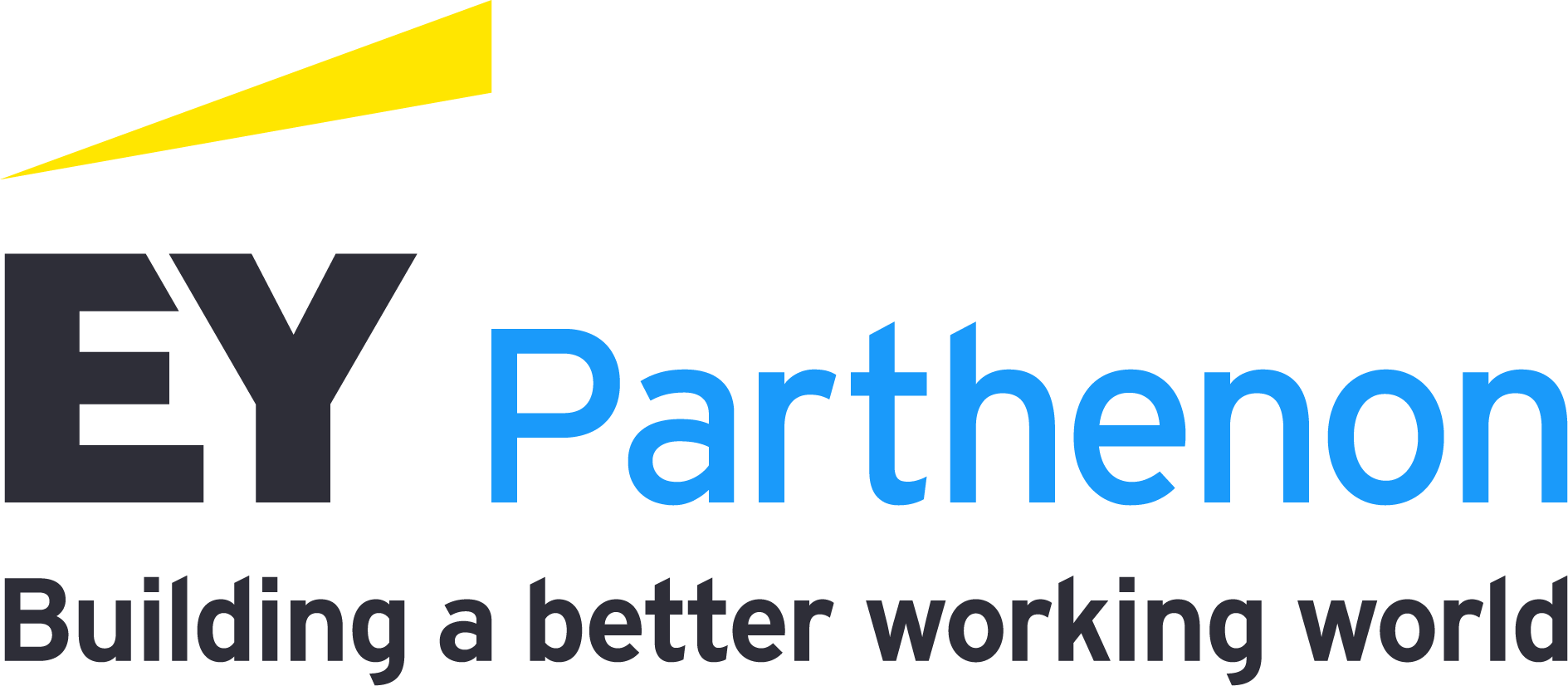Starting in 2017, the EY-Parthenon Government & Public Sector Turnaround and Restructuring Strategy Services team, led by Malhotra, Adam Chepenik and Juan Santambrogio, worked with the Oversight Board and the Oversight Board’s other advisors at the earliest stages of the negotiations and planning to resolve the most complex public debt restructuring in the history of the US municipal bond market.
Several strategic priorities governed how the Oversight Board approached the restructuring process, including:
- The creation of a long-term plan, feasible over 30 years
- The importance of the human impact of a public sector restructuring
- The creation of an environment for long-term economic growth
- Investment in the health, safety and education of residents
- Safeguards to make the government and its finances more resilient to absorb future shocks
Given the multifaceted expertise required to address those priorities, the EY team quickly marshalled a broad, multidisciplinary and multilingual team of professionals from across the firm, and the globe to advise the Oversight Board on the best strategy to handle the many challenges ahead for the island. The team included EY professionals in pensions, actuarial analysis, economic forecasting, education policy, governmental budgeting, forensic accounting, international tax, public policy, disaster management, infrastructure and human resources.
The Oversight Board, working with its advisors, including EY, started by developing and certifying a multi-year financial plan. Among other things, this plan established an ambitious set of fiscal and structural reforms, adequately funded pensions, and forecasted surplus levels available for creditor negotiations.
After completing a draft of the financial plan, the team worked to enhance transparency in a historically opaque annual budgeting process and identified the government’s cash resources accumulating in more than 2,000 bank accounts. Those efforts equipped the Oversight Board with adequate data to target spending and investment in the areas that needed it the most and to understand the magnitude of cash resources available to the government. The data also informed subsequent debt negotiations.
The devastating effects of the twin hurricanes Irma and Maria, which struck the island in September 2017, the 2019-2020 earthquakes, and the outbreak of the COVID-19 pandemic required multiple revisions to the original forecasts. Working collaboratively, the Oversight Board and its advisors, including EY and Puerto Rico’s fiscal entities — the Department of Treasury, Office of Management and Budget, and the Fiscal Agency and Financial Advisory Authority — as well as many other stakeholders, refreshed the multi-year financial plans to better reflect reality and new information.
Targeting investments on long-term value
The success of the plan hinged on having transparency into the financials of all government functions and agencies, so facts were clear and a deal could be successfully reached. EY teams advised the Oversight Board on the development of many critical building blocks to the restructuring plan. They offered recommendations for a multitude of reforms to enhance fiscal transparency, improve Environmental Social and Governance (ESG) management, and maintain a sustainable outcome for the government and people of Puerto Rico.
“Restoring structural balance and growth required the Oversight Board to integrate all elements of the proposed reform plan, including the financial and cash forecasts, the fiscal and structural reform impacts, the debt restructuring terms, and most importantly, identifying and minimizing any harm to the future of Puerto Rico’s residents,” says Adam Chepenik, Principal for EY-Parthenon Government & Public Sector Turnaround and Restructuring Strategy Services, Ernst & Young LLP.
Many operational reforms at the agency level were also required to establish transparency and trust that the changes proposed would be enacted. For instance, before the restructuring plan, budgetary spending included widespread use of prior year appropriations to fund new expenditures, even when cash to fund those expenditures was not available. The Oversight Board worked closely with its staff and advisors, including EY, to improve transparency in the budgetary process and solidify budgetary controls.
EY teams also helped advise the Oversight Board and several government agencies on ways to improve the strategic delivery of their services. For instance, the Oversight Board and EY teams worked collaboratively with the Puerto Rico Department of Education leadership team to develop a strategic transformation plan that would improve learning outcomes, streamline purchasing and procurement, increase capital spending investments, and improve pay for the system’s educators.
Similarly, the Oversight Board, supported by EY teams, worked closely with the leadership team in Puerto Rico’s Department of Economic Development to recommend improvements to the administrative structure for the island’s tax incentive regulations. The Oversight Board and EY teams also catalogued and inventoried thousands of real estate and landholdings for more than 20 government agencies. This provided a comprehensive view of critical assets the government could hold, develop and, if desired, divest. Previously, Puerto Rico’s government lacked a strategic view of government real estate and land holdings.
“The fiscal controls and enhanced budget process now contain a level of detail and transparency to clearly show taxpayers how their government spends their money, as well as the controls in place to avoid the financial instability and deficits that Puerto Rico previously confronted,” says Chepenik. As the restructuring plan is operationalized, EY teams have continued to manage long-term expense forecasting and track spending and investment priorities to help keep the plan on track.
Transforming the pension system
EY teams also advised the Oversight Board extensively on pension-related matters. These efforts included the provision of actuarial forecasting, pension reform proposals, and most importantly, the creation of an innovative pension reserve trust to enable adequate funding of pensions well into the future. The new pension reserve trust is projected to be funded with $10.3 billion in government contributions over the next 10 years.






